Recently several times the question came up: Can IoT be used as data carrier for advanced metering infrastructure (AMI)?
I keep it simple. By now there is no DLMS approved carrier specification for IoT solutions. The DLMS association has entered a Liaison Agreement with the LoRa Alliance in 2019. Up to now I haven't seen progress.
Update 11.05.2021
Following on from successful standardization and prototyping across WiSUN, LoRAWAN and NB-IoT networks in Liaisons projects, the DLMS User Association have released the new versions of the 'Blue and Green'Books (14 and 10 respectively) – the tested and approved updates of the DLMS/COSEM Standard.
When we look at the actual IoT products we have three carrier solution groups.
NB-IoT (Narrow Band Internet of Things)
This solution relies on licensed telecommunication frequency bands, e.g. LTE, 5G.
The advantages are that the telecommunication network already exists. Nevertheless, it needs to be upgraded depending on the number of smart meter installations. A case study from Germany shows that smart metering via NB-IoT will increase the telecommunication capacity by factor 8.
The number of messages is unlimited.
The maximum payload per group package is 1.6 kB.
The range is between 1 km (urban) and 10 km (rural).
Huawei is the main technology driver for this solution. From my point of view this carrier can be used for the DLMS protocol, but it's not specified.
LoRaWAN (Long Range Wide Area Network)
The LoRaWAN specifications are defined by the LoRa Alliance. The carrier method itself is proprietary owned by Semtech (LoRa).
LoRa networks need its own infrastructure (gateways, antennas), but can be commonly used. The implementation is mainly done by telecommunication companies. Some countries like The Netherlands and Switzerland have already a full coverage.
Charges for usage are not specified.
The number of messages is limited, but not clear specified.
Maximum payload per group package is 243 byte.
The range is between 5 km (urban) and 20 km (rural).
The data security is maintained by an individual key inside the Semtech chip.
Sigfox
Sigfox is operating its own network in more than 60 countries.
The charges for usage is 1 USD per end-point and year.
The number of messages is limited to 140 for upload and 4 for download.
Maximum payload per group package is 12 byte for upload and 8 byte for download.
The range is between 10 km (urban) and 40 km (rural).
Sigfox is already very well established for water meter reading. Due to its low power consumption the lifetime of a battery is 15 years.
For reading of a water meter we need 96 messages per day (15 minutes interval), 12 bytes per reading is sufficient. The data security is limited.
Conclusion
Many communication companies are now trying to offer alternative carrier solutions to the established power line communication and telecommunication (GPRS – 5G).
Still the payload for IoT is small and the number of messages is for some solutions limited, it's really hard to judge.
Do you have already done a trial with an IoT solution? What is your path for decision-making. Share your opinion with us.
Editor's note: This article was originally published in April 2020 and has been updated for comprehensiveness.

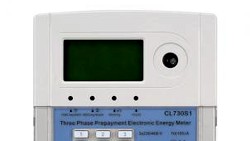

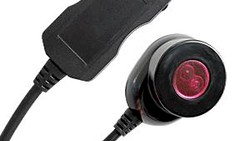
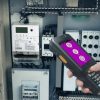
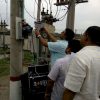

There were some new development into DLMS over LoRaWAN:
https://bit.ly/3tyQYf7
And there is one recently:
https://bit.ly/3tx2s3L
Thank you for your comment and the valuable information.
The article is slightly modified.
Chilean new specifications for new revenue meters were sent to you. There you can find al about this.
Thank you, very interesting.